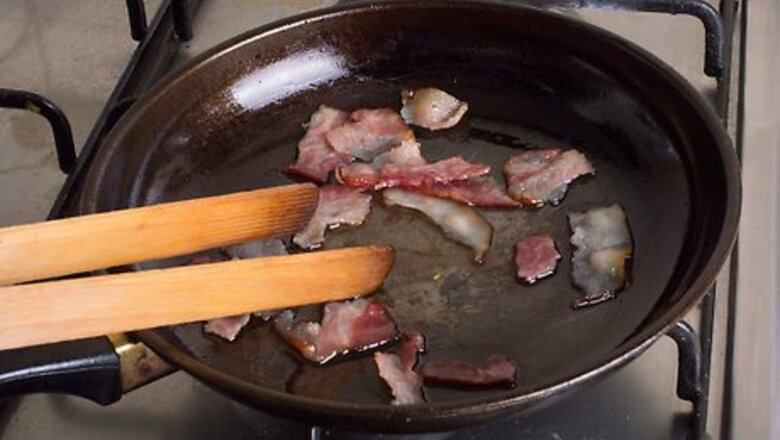
views
Deglazing a Pan
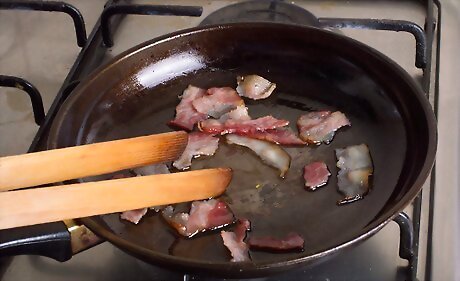
Cook meat or vegetables in a hot pan. Preheat a wide pan, add fat, and continue heating until the oil shimmers, or the butter browns lightly. Add ingredients and cook with minimal stirring. Properly seared meat or sautéed vegetables will leave a brown, sticky residue at the bottom of the pan. This is the "fond," and it contains the flavors that will join your deglazing liquid. Stainless steel or enameled cast iron encourage good fonds, and their light color makes it easy to track progress and avoid burning. Nonstick pans are less effective, and reactive metal pans may corrode if deglazed with acid. Leave ¼—½ inch (6–13mm) of space between pieces of meat. If overcrowded or cooked at too low a temperature, the meat will steam and fail to form a good fond.

Remove ingredients and skim off excess fat. Transfer the meat or vegetables once they are done cooking, leaving the fond behind. If the pan still contains a lot of fat, spoon it off or pour it through a strainer, returning crusty brown solids to the pan. Too much fat makes the sauce greasy and increases spatter as you deglaze.
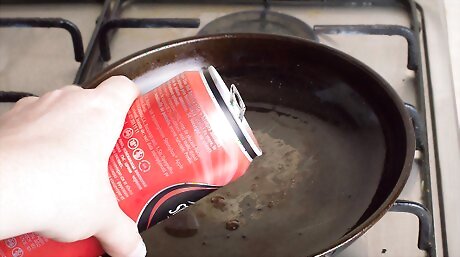
Choose a deglazing liquid. Wine, homemade stock, or an equal mix of the two are all popular options. If it suits your dish, you can use almost any flavorful liquid. For example, beer works well for robust meat dishes and earthy vegetables, while fruit juice can create a sweet sauce to pair with pork. You can even deglaze with water if you're low on supplies, but this misses the opportunity to add flavor. Just avoid dairy, which may curdle over heat. Cognac or brandy make a particularly strong sauce, but the vapors may burst into flames. Keep the pan away from flames while pouring, use a long handled pan, and do not put your face over the liquid. Flambéing typically has little effect on flavor, so you can continue to deglaze if this happens — just stay safe. Liquors above 120-proof are too dangerous for this purpose.
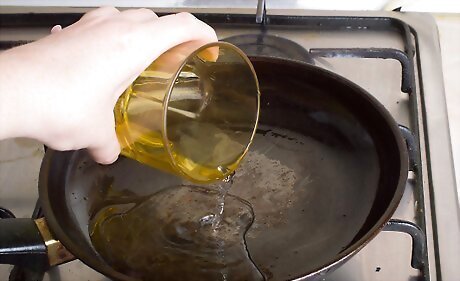
Pour in the liquid. As a rule of thumb, use 1 cup (240 mL) liquid for an entree that serves four. Keep in mind that the liquid will reduce down to about half its original volume, and gain an intense flavor. If you don't have time to reduce the sauce, cut the amount of liquid in half. Add the liquid slowly or in stages. This will keep the pan hot to help the fond dissolve faster.
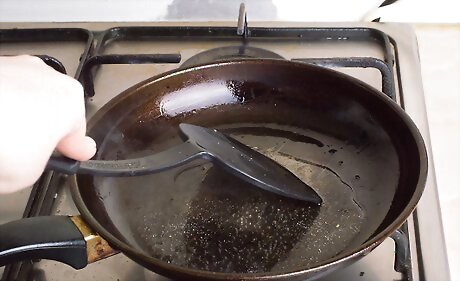
Scrape at fond until it dissolves. Heat over a medium-high burner while scraping the base of the pan with a wooden or rubber tool. Continue until the liquid is boiling and most of the fond has dissolved.
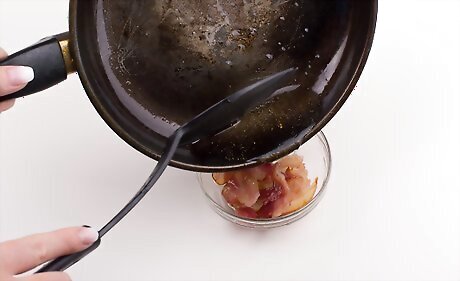
Pour over the dish or turn into a pan sauce. Deglazing is a flexible technique. If you're in a hurry, you can use the deglazing liquid as soon as the fond has dissolved. To transform the deglazing liquid into a richer pan sauce, continue to the next section.
Making a Pan Sauce
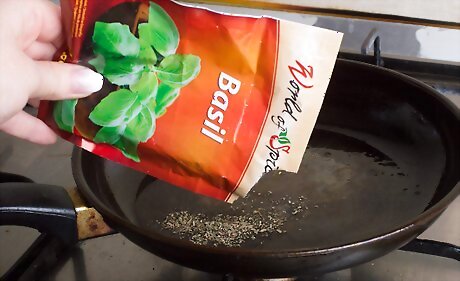
Add aromatic ingredients. A handful of minced garlic or shallots helps the flavor immensely. You can also add herbs, matching them with the main dish ingredients, or — if you have more time — cook mushrooms, carrots, celery, or onions in the deglazing liquid. Add a little salt and pepper now, then taste-test at the end to decide if you need more. A stock-based sauce may already be quite salty after reducing.
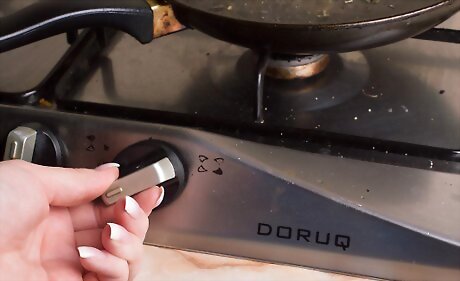
Heat until reduced. Boil until about half the liquid is gone, and the remainder is almost syrupy. This concentrates the flavor and evaporates some of the alcohol if present. If your deglazing liquid is marinade that has been in contact with raw meat, make sure it reaches a rolling boil before serving.
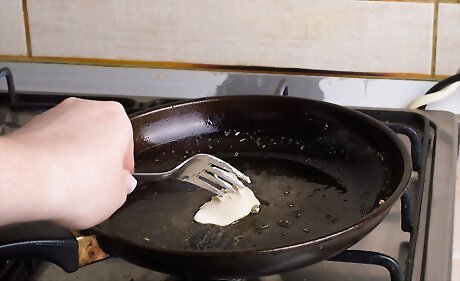
Finish with fat (optional). For a smooth, rich, sauce, remove the pan from heat and swirl in a bit of cream or melted butter.
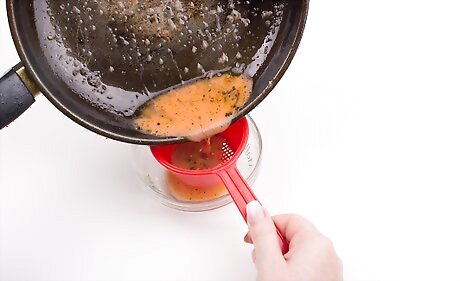
Strain the sauce (optional). For an even texture, pour the sauce through a strainer before serving. This step is not necessary unless you are going for a restaurant-style presentation.


















Comments
0 comment